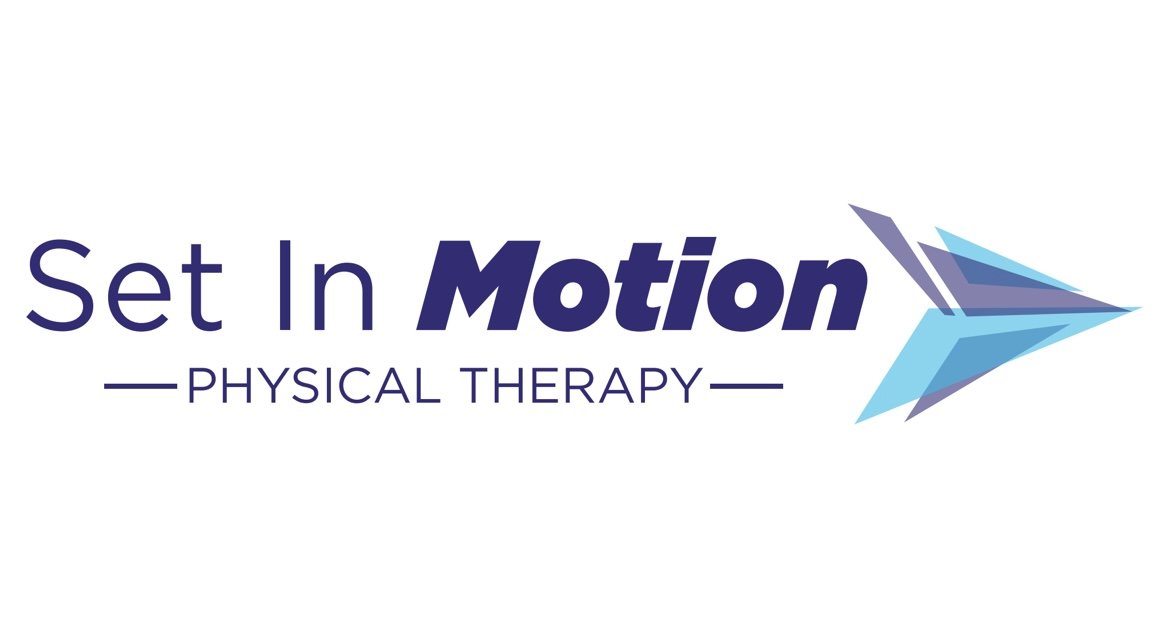Let’s Talk About Torticollis
What is Torticollis?
Torticollis is a tightening or contracture of an infant’s neck musculature, specifically the SCM (sternocleidomastoid) muscle. It presents in infants as a head tilt to one side and rotation of the neck in the opposite direction. Torticollis may present as congenital (appearing at birth) or acquired (occurring later in infancy or childhood by trauma or infection).
Congenital muscular torticollis (CMT) is most common and what we will continue discussing. CMT is likely caused from positioning in the uterus which results in injury to neck musculature. However, it is important to note that although it was caused at birth, congenital torticollis may be difficult to observe until your child develops more controlled neck movements.
What is the SCM muscle?
The sternocleidomastoid is a muscle on either side of the neck that performs rotation to the opposite side and flexion to the same side. When both SCM muscles are working together, they allow for flexion and extension of the neck.
Signs and Symptoms of Torticollis?
Head tilt to one side and chin rotated in opposite direction
Small lump in musculature on shortened side
Limited neck range of motion
Preference of breastfeeding on one side
Limited movements or side preference during play
Rolling limited to one side
Decreased response to stimuli when provided on involved side
Irritability when attempting to move neck to opposite side
Can torticollis lead to or be accompanied by other conditions?
Delayed motor milestones
Plagiocephaly (flattening of the skull) which may lead to skull and facial asymmetries
Facial asymmetries may include jaw, ear, and eye changes
Developmental hip dysplasia
Strength, range of motion, and postural changes in arms, trunk, and legs
Scoliosis
Should my child be treated for Torticollis?
If you have noticed any of the following changes, please consult your child’s pediatrician and physical therapist for recommended treatment plan. If your child is diagnosed with CMT, it is important to start treatment as soon as possible. The good news is children often make a full recovery when treated appropriately. It is suggested to begin treatment as early as 3-6 months.
What can physical therapy do to help?
Physical therapists can provide an individualized treatment protocol including active stretching, passive positioning, strengthening exercises, equipment and environmental modifications.
Please consult your child’s pediatrician or physical therapist if you have observed any of the above in your infant. If you have any further questions, please feel free to email at info@setinmotionphysicaltherapy.com or call 678-750-3330. If you already have a referral from your pediatrician, call today to schedule.
